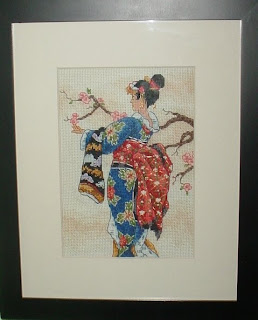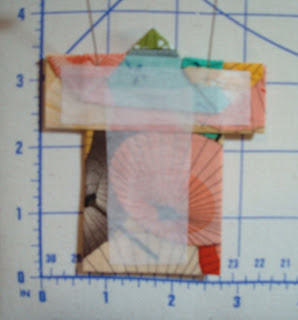
Yesterday was my birthday. My dear mother-in-law baked a cake for me and left it on my kitchen counter. When my husband and I returned from a trip, there sat a freshly baked Caramel Lovers’ Fudge cake. And it’s yummy!
My dear mother-in-law, whose small frame has been contorted and twisted by arthritis, baked this delicious cake for me as a special surprise. She completed this labor of love the night before my birthday, and then she dropped the cake off at our house early the next morning, before she made her daily trek to the nursing home to offer love and comfort to my father-in-law, who is the victim of late-stage dementia.
I know my family loves me, and I am so grateful for them. Since our kids are away from home, my husband and I took the cake back to my mother-in-law’s house, so we could all enjoy the first pieces together. We enjoyed every bite of the delicious cake, but the connections we shared as family made my day truly happy, and I feel blessed.
Thanks so much, Sammye! I love you. Here’s the recipe Sammye passed along with the decadent cake.
Caramel Lovers’ Fudge Cake1-14 oz bag of caramels
1-14 oz can Eagle Brand sweetened condensed milk
1-1/4 cups Crisco shortening, divided
2 cups all-purpose flour
½ cup unsweetened cocoa powder
1 tsp baking soda
¼ tsp salt
2 cups sugar
2 eggs
1 cup water
½ cup buttermilk or sour milk
1-1/2 tsp vanilla
1-1/2 cups coarsely chopped pecans
Preheat oven to 350 degrees.
In a heavy saucepan, combine caramels, sweetened condensed milk and ½ cup shortening. Over medium heat, cook and stir until melted and smooth.
In a medium bowl, combine flour, cocoa, baking soda and salt.
In a large bowl, beat sugar and remaining ¾ cup shortening until fluffy. Beat in eggs.
In a small bowl, combine water, buttermilk and vanilla; add alternatively with flour mixture, beating well.
Spread half the batter into a greased 13 x 9-inch baking pan. Bake 15 minutes or until center is set. Remove from oven and spoon caramel mixture evenly over cake. Spread remaining batter evenly over caramel. Sprinkle with pecans. Bake about 40 minutes or until cake springs back when lightly touched.
Loosen cake from the sides of pan while warm. Cool completely. And don’t forget to sing “Happy Birthday to Anne!” I think a cup of hot coffee is perfect with this gooey, fudgey and crunchy dessert.
 A couple of weeks ago, I stopped at an estate sale. The woman who had lived in the home enjoyed many types of needlecrafts as a hobby. Her name is Eva, and she produced perfectly stitched pieces. I bought one of her crocheted afghans and a set of stitched Christmas-themed placements that look as perfect on the reverse side as they do on the front.
A couple of weeks ago, I stopped at an estate sale. The woman who had lived in the home enjoyed many types of needlecrafts as a hobby. Her name is Eva, and she produced perfectly stitched pieces. I bought one of her crocheted afghans and a set of stitched Christmas-themed placements that look as perfect on the reverse side as they do on the front. 




.jpg)
.jpg)
.jpg)
.jpg)





















.JPG)








.jpg)
.jpg)
.jpg)
.jpg)


.jpg)




